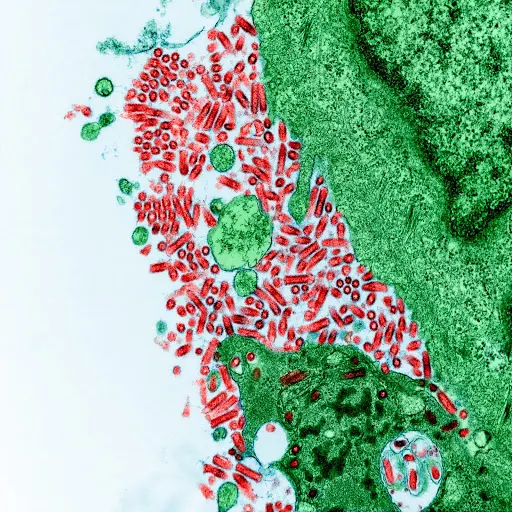Men On The Moon:
🌕 On 20 July 1969, Neil Armstrong became the first person to walk on the Surface of the moon. He was joined by Buzz Aldrin. A third astronaut, Mike Collins, remained in orbit with the command and service modules.
 |
| Neil Armstrong on the Moon. |
🌕 What was it Like:
Buzz Aldrin described the moon's Surface as like nothing on Earth. He said it consists of a fine, talcum - powder - like dust, strewn with pebbles and rocks.
 |
| Surface of the Moon in Apollo 11 mission. |
Why is there no blue sky on the moon? — Because the Moon has no atmosphere.
🌕 What did they do there:
Armstrong and Aldrin spent almost 22 hours on the moon. About 2.5 hours of this was spent outside the Eagle, collecting rock and soil samples, setting up experiments, and taking pictures.
 |
| The Lunar module was nicknamed as the Eagle. |
🌕 How did they talk ?
There's no air in space, so sound has nothing to travel through. Lunar astronauts use radio equipment in their helmets.
🌕 Here comes Earth:
Instead of the moon rising, the astronaut saw Earth rising over the moon's horizon — it looked four times bigger than the moon looks from Earth.
 |
| Earth rising over the moon's Surface. |
🌕 We have Transport !
Three later Apollo missions each carried a small electric car, a lunar rover, which allowed the astronauts to explore away from the lander. These were left on the moon when the astronaut left.
 |
| Transport over one lunar rover reached a top speed of 22km/h (13.5 mph). |
🌕 Splashdown to Earth:
The astronaut returned to Earth in the Apollo 11 command module. This fell through the atmosphere and landed in the Pacific Ocean. A ringed float helped to keep it stable.
 |
| Apollo 11 mission command module landed in the Pacific Ocean. |
Sounds that so weird : The lunar module computer on Apollo 11 had just 71 K of memory. Some calculators can now store more than 500 K of memory.
" That's One Small Step for man, One Giant Leap for mankind. "
——— Neil Armstrong ———



















































